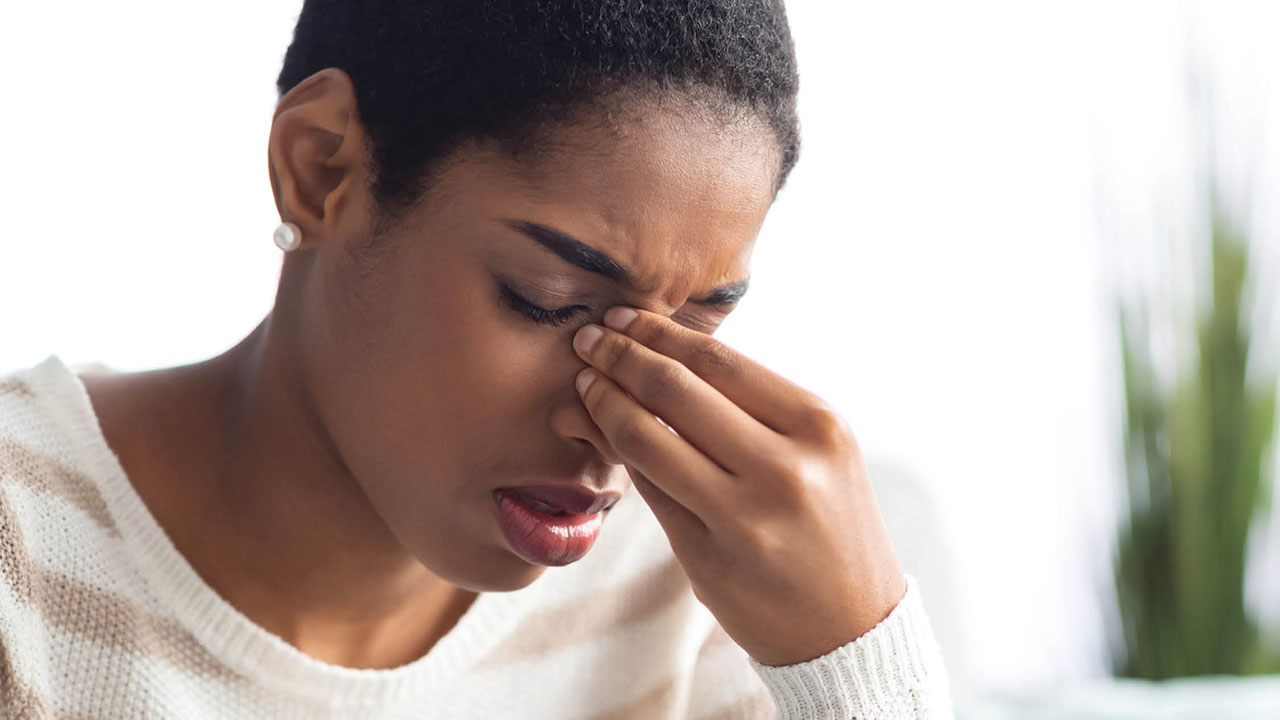

A sore throat, while annoying, usually isn’t something more severe and can be managed through at-home treatments. The trick is however, knowing when it may be something else and seeing a healthcare provider.
Whenever a sore throat lasts longer than the five- to ten-day duration of a cold or flu, and is not associated with an avoidable allergy or irritation, you should seek medical attention. The following signs and symptoms should alert you to see your healthcare provider:
Antibiotics don’t work against viruses. Infections caused by viruses usually just have to run their course. Most symptoms caused by a cold or flu-type virus go away in a week to 10 days. Symptoms caused by mono can last for four weeks or more. If you have mono, your health care provider will probably suggest that you get plenty of rest and that you avoid exercising too hard.
If a sore throat is a symptom of hay fever or another allergy, your provider can help you figure out how to avoid the things that trigger allergy flare up. You may also need to take medicine for your allergies.
When your symptoms lead to more than a sore throat, it’s best to get it checked out. You’ll be on the road to recovery and will avoid getting others sick.
Whenever a sore throat lasts longer than the five- to ten-day duration of a cold or flu, and is not associated with an avoidable allergy or irritation, you should seek medical attention. The following signs and symptoms should alert you to see your healthcare provider:
- Severe and prolonged sore throat
- Difficulty breathing
- Difficulty swallowing
- Difficulty opening the mouth
- Swelling of the face or neck
- Joint pain
- Earache
- Rash
- Fever (over 101°F)
- Blood in saliva or phlegm
- Frequently recurring sore throat
- Lump in neck
- Hoarseness lasting over two weeks
- Your tonsils are located at the back of your mouth on each side of your throat. Tonsillitis is when the tonsils become infected by bacteria or a virus. It causes the tonsils to swell and can cause a sore throat and other symptoms. Signs of strep throat and tonsillitis are often alike.
- Strep throat is caused by a type of bacteria called streptococcus. The pain of strep throat often feels much like a sore throat caused by other bacteria or by viruses. If strep throat isn’t treated it can sometimes result in kidney inflammation or rheumatic fever. Rheumatic fever can lead to a rash, inflamed joints and, in severe cases, damage to the valves of the heart.
- Mononucleosis (mono) is a viral infection caused by the Epstein-Barr virus. One of the main signs of mono is a sore throat that may last for one to four weeks. Other symptoms include large swollen glands in the neck and armpits, fever, headache and feeling tired.
Diagnosis
Your healthcare provider may do a rapid strep test, a throat culture or both. A rapid strep test will give results fast (usually within about 15 minutes). But the test won’t tell if your sore throat is caused by a bacterium other than Streptococcus or if it’s caused by a virus. A throat culture takes longer (between 24 and 48 hours), but it’s more accurate. If your healthcare provider thinks you may have mono, he or she will probably do a blood test.Treatment
If your sore throat is caused by bacteria, you may be prescribed an antibiotic. You will most likely begin to feel better in a few days, but it is very important to take all the antibiotics. This reduces the risk that your sore throat will return and also helps prevent antibiotic resistance.Antibiotics don’t work against viruses. Infections caused by viruses usually just have to run their course. Most symptoms caused by a cold or flu-type virus go away in a week to 10 days. Symptoms caused by mono can last for four weeks or more. If you have mono, your health care provider will probably suggest that you get plenty of rest and that you avoid exercising too hard.
If a sore throat is a symptom of hay fever or another allergy, your provider can help you figure out how to avoid the things that trigger allergy flare up. You may also need to take medicine for your allergies.
Prevention
The best ways to avoid catching or passing the viruses and bacteria that can lead to a sore throat are to wash your hands regularly, avoid touching your eyes or mouth and cover your mouth when coughing or sneezing.When your symptoms lead to more than a sore throat, it’s best to get it checked out. You’ll be on the road to recovery and will avoid getting others sick.



.jpg?width=1280&height=720&ext=.jpg)